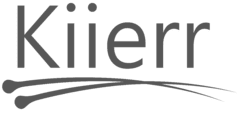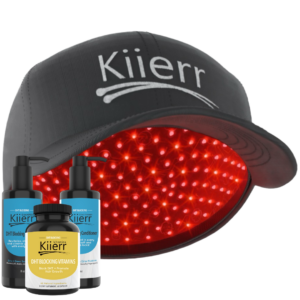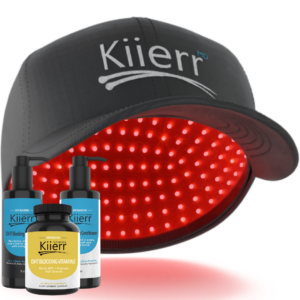Have you ever wondered what makes up your hair?
Yes, your hair is much more than just a long, tiny thread-like structure that adds to your look. Understanding hair anatomy is as crucial as learning about a healthy diet. Especially because the human scalp contains on average between 80,000 and 100,000 hairs according to Healthline.
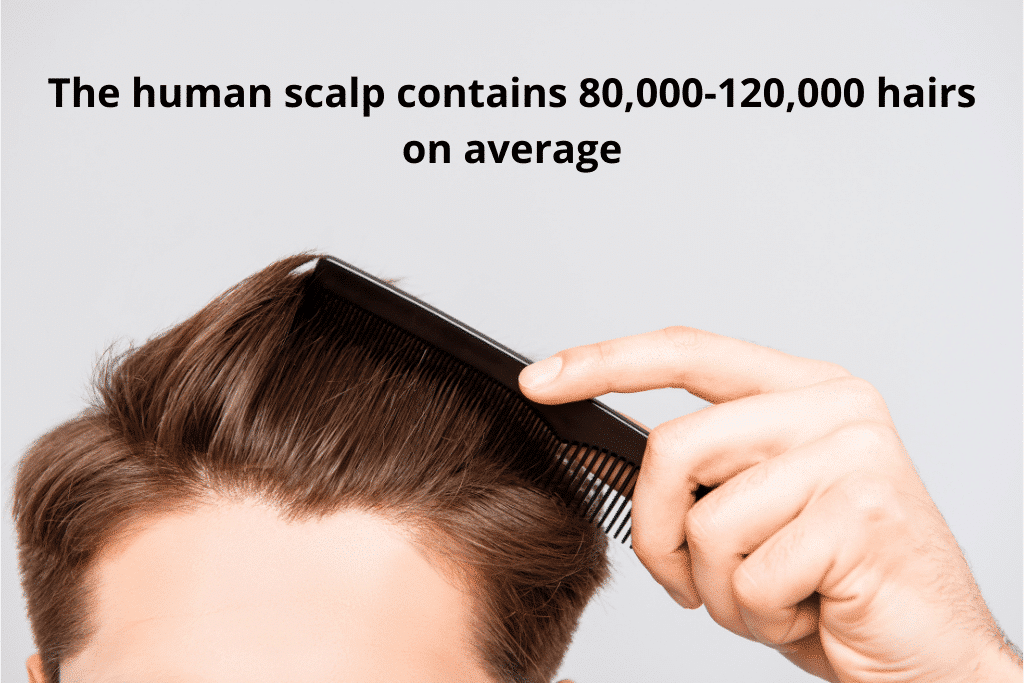
Hair is the characteristic feature of all mammals, and it has many functions to perform. Your hair not only protects you against several external factors but also produces sebum, impacts sexual and social interactions, and conserves body heat. That is to say, this protein filament is a fascinating body element and is extremely useful in many ways.
However, when we talk about hair, we automatically assume it on the head, which is understandable. It is where most of the people see hair changing, growing, breaking or disappearing. The head’s hair also plays a significant role in enhancing a person’s looks.
Regardless of your gender, it is essential to understand the anatomy of hair. While your hair color, type and texture may vary, the actual anatomy is the same. And learning about it may help you take better care of your hair. In this article we are going to dive deep into your hair anatomy, and teach you everything you need to know.
Table of Contents
- 1 What is Your Hair Made of?
- 2 Hair Anatomy- The Basic Components
- 3 The Hair Shaft Anatomy
- 4 The Hair Root Anatomy
- 5 Does the Hair Structure Anatomy Affect Your Hair Growth?
- 6 What Can You Do if Your Hair Growth Anatomy is Affected?
- 7 Conclusion: Hair Anatomy and Physiology
- 8 FAQS
- 9 What is hair follicle?
- 10 Is hair dead skin cells?
- 11 What are hairs for?
- 12 What is the anatomy of hair?
What is Your Hair Made of?

As mentioned earlier, hair anatomy is one topic many people don’t know about. In fact, hair or locks are a lot more intricate than you may have thought.
Typically, hair comes out from a root that is at the bottom of the follicle. According to the American Academy of Dermatology, protein cells compose hair follicles. The protein is keratin, which makes up both your nails and hair. It is also the primary protein of your skin.
Keratin has different functions in different parts of your body. Keratin is a mixture of amino acids linked by a long thread of cysteine disulfide. The main source of these amino acids in the food you eat. That is why your dermatologist emphasizes increasing intake of protein as one of the many ways you can help improve the health of your hair.
Hair Anatomy- The Basic Components
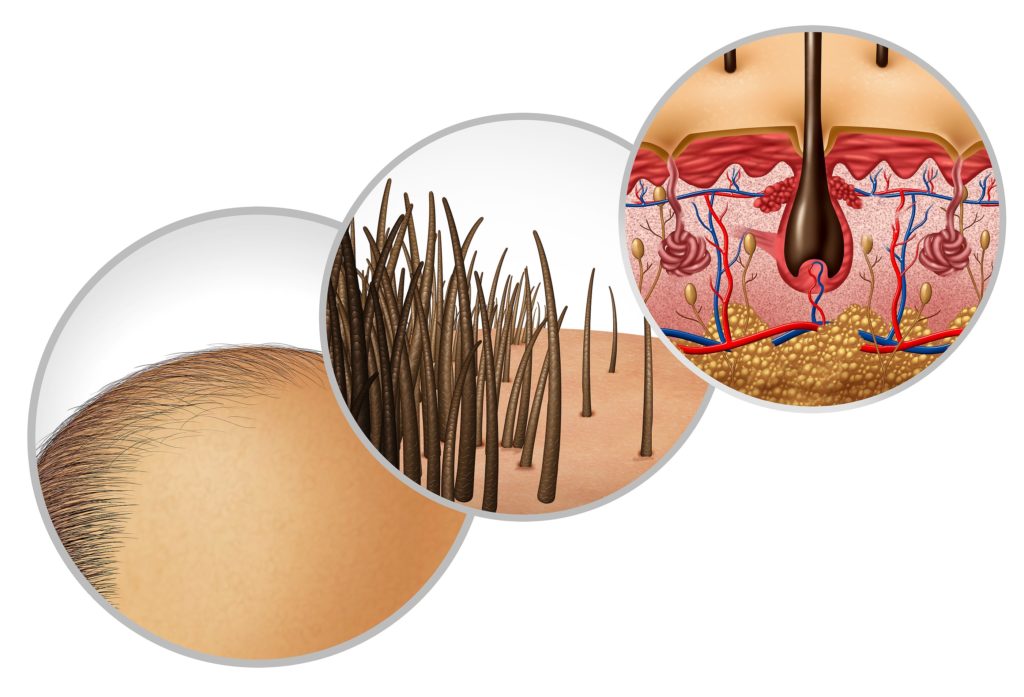
If you have ever taken a closer look at your body, you might have noticed the hair all over it. Most of the hairs on the body are vellus. They are colorless, delicate, and short. But some areas of the body such as eyelashes, eyebrows, and scalp have darker and thicker hairs. This type is terminal hair.
Each hair has two main parts:
- The hair shaft- the visible part of the hair structure
- Hair follicle- the hidden part in the scalp that grows the shaft
![]()
The Hair Shaft Anatomy
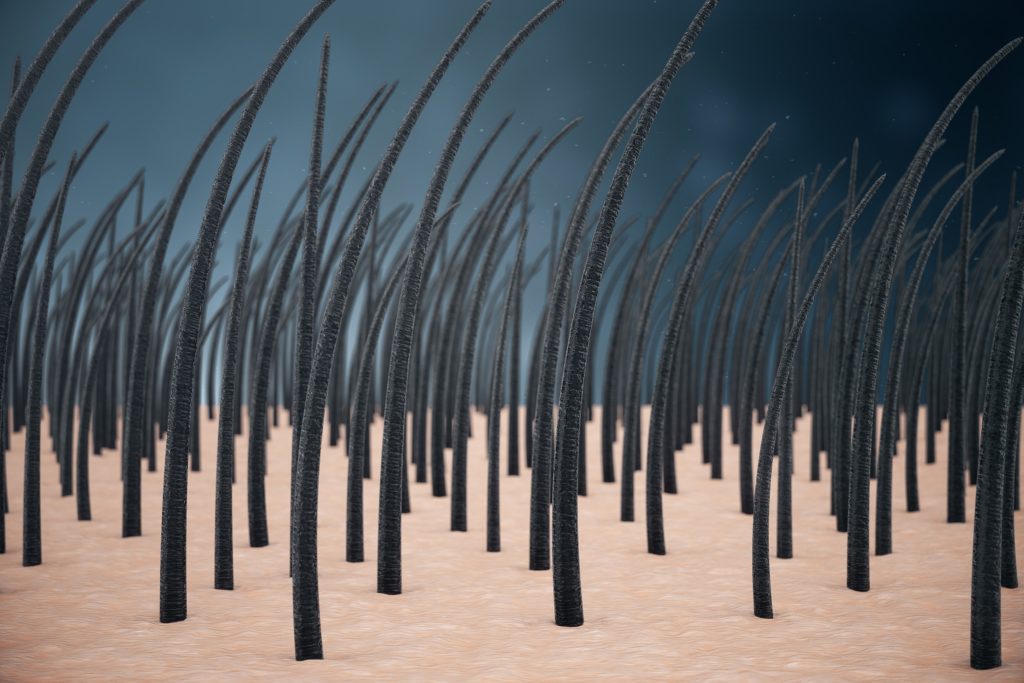
The hair shaft is the central part you see on the skin’s surface. Keratin or protein is the crucial component of the hair shaft. As mentioned above, the breakdown of amino acids forms keratin. Note that the hair shaft is the non-living structure and is why you don’t feel any pain when you have a haircut.
The hair shaft is comprised of three parts:
1.) Medulla
It is a honeycomb-like core and contains sugars and amino acids as main components
2.) Cortex
It is a layer of hard keratin that is present around the medulla
3.) Cuticle
It is the protective layer that covers the hair. It has numerous overlapping scales of keratin. Also, the cuticle and cortex contain melanin- a pigment that determines your hair color.
The Hair Root Anatomy
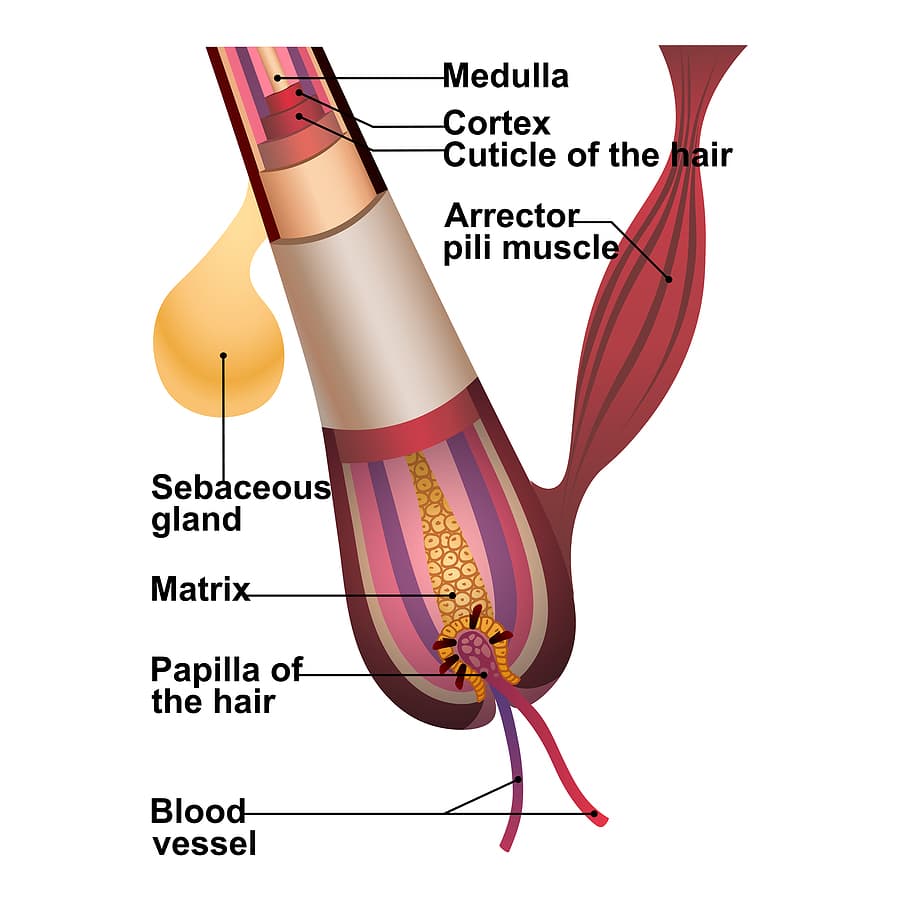
Commonly known as the root, it is the living part of your hair follicle, which is present beneath the skin’s surface. You might not have heard it before, but humans have naturally five million follicles, out of which 100,000 are located on the scalp.
Put simply, the hair follicle is typically a growth structure that grows and produces the hair. Plus, it anchors your hair shaft on the skin’s surface.
The hair follicle has four parts;
1.) Hair Bulb
The hair bulb is the head of the hair follicle that divides cells to make the hair shaft in a growth cycle and rest. The part of the hair follicle plays a vital role in the hair growth cycle. The anatomy of the hair bulb includes the components like matrix and the dermal papilla.
Dermal papilla makes the hair bulb base and contains a massive vascular network that provides nutrients to nourish it. Although the main function of the dermal papilla is blood supply, it also receives signals from hormones to regulate hair growth.
On the other hand, the matrix contains melanocytes- skin cells that produce a specific pigment that determines hair color.
2.) Sebaceous Glands
The sebaceous glands produce sebum, which is an oily substance to moisturize the hair shaft.
3.) The Root Sheath
It is the protein structure that contains and protects the hair follicle.
4.) Arrector Pili Muscle
The arrector pilus is a muscle attached to the follicle. It causes hair to straighten on the end when this muscle contracts.
Does the Hair Structure Anatomy Affect Your Hair Growth?
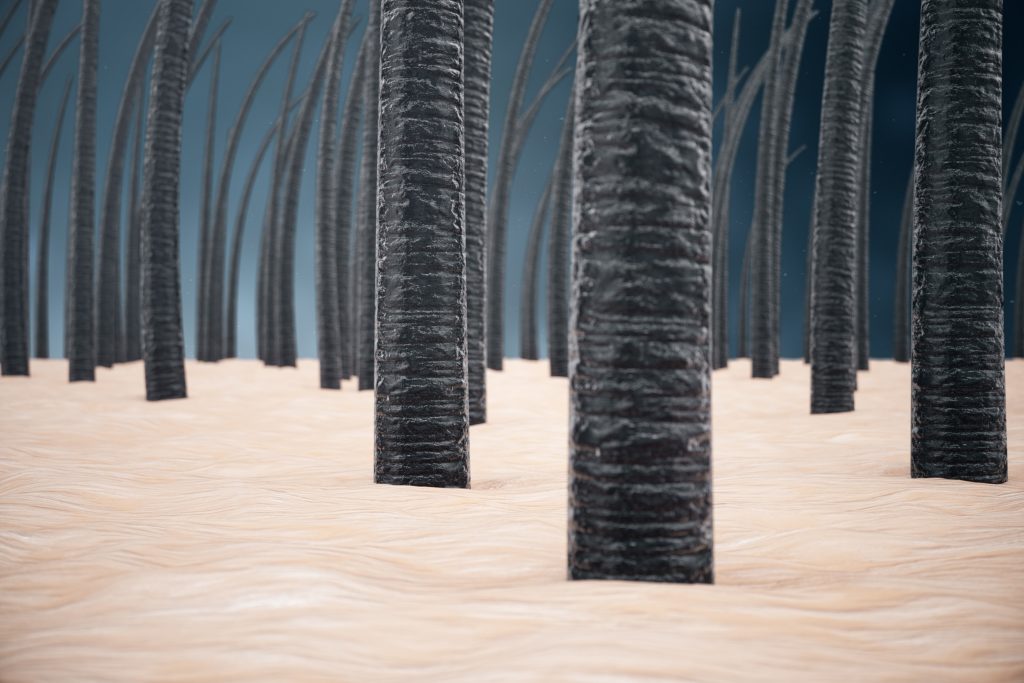
To answer the question precisely, yes, your hair’s anatomy does affect the growth and length of your body.
Damage to your hair shaft often causes breakage, which limits hair length. It seems to slow down the growth of your hair. In other words, a poor hair structure anatomy can affect your hair growth cycle, which can lead to thinning and hair loss.
Keep in mind that if the dermal papilla doesn’t obtain the nutrients, it will affect the hair bulb’s ability to make new hair cells.
What Can You Do if Your Hair Growth Anatomy is Affected?
If you are noticing hair thinning and hair loss on your scalp, it may be that your hair growth anatomy is affected. If this sounds familiar, it is time to take action and get those hair follicles back to their healthiest stage!
Some of the best ways to improve the health of your hair are as follows:
1.) Use Low Level Light Therapy
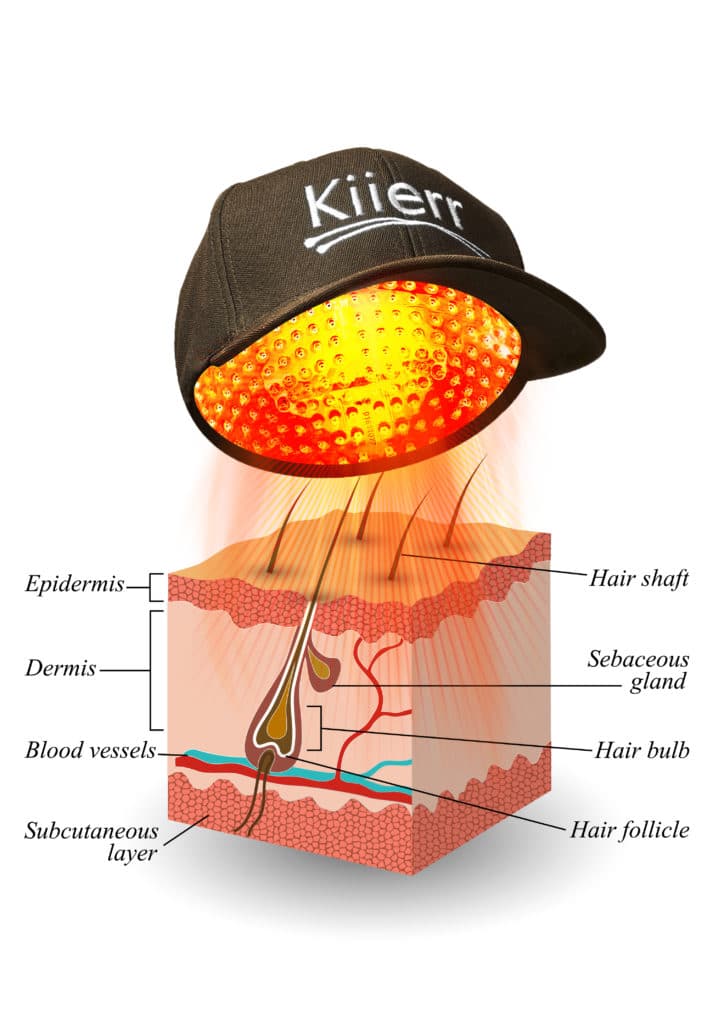
Low level light therapy (LLLT) is a therapy treatment popularly used on the scalps of men and women suffering from hair loss. This therapy is utilized in FDA-cleared laser caps and functions to penetrate the scalp tissue to reach the hair follicles.
The energy from the light wavelengths activates the hair follicles on the scalp and helps encourage new hair growth as well as repair damaged hair follicles. This treatment can help improve the hair anatomy of the follicles, and produce new and healthy hair.
2.) Maintain a Balanced and Healthy Diet
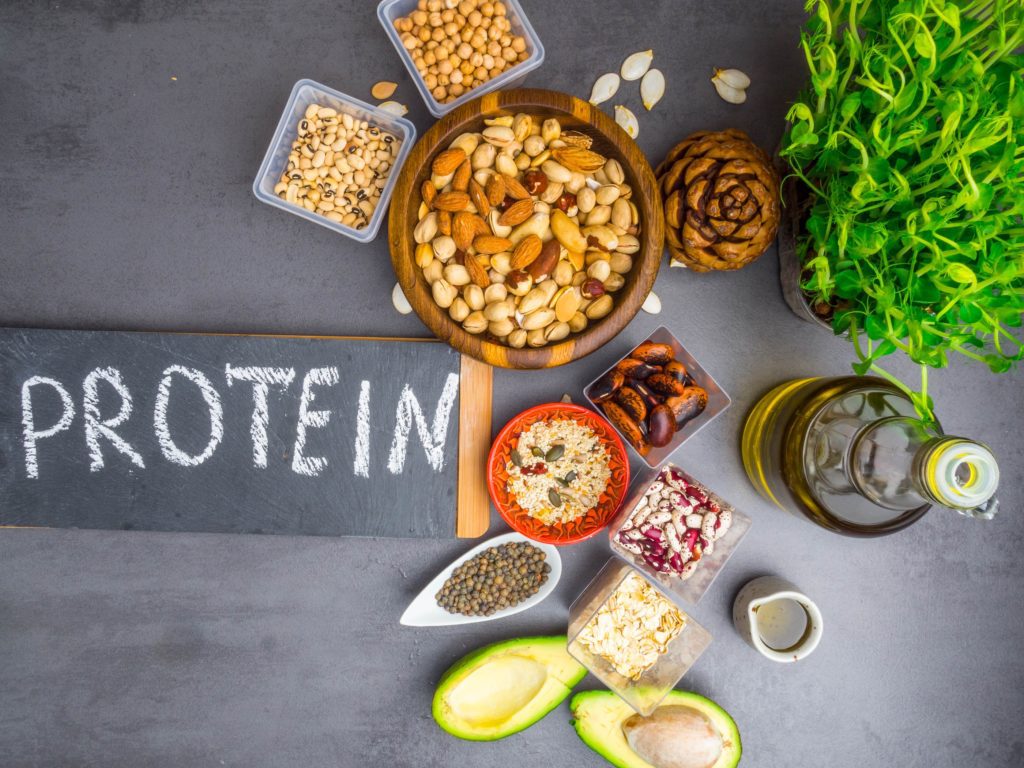
Maintaining a healthy diet is very important when it comes to keeping your hair healthy. It is important to incorporate food groups that are high in protein content, which can help improve the keratin structure of the hair follicles. As you have learned throughout this article, the hair shaft is made up largely from the Keratin component.
3.) Develop a Healthy Hair Care Routine
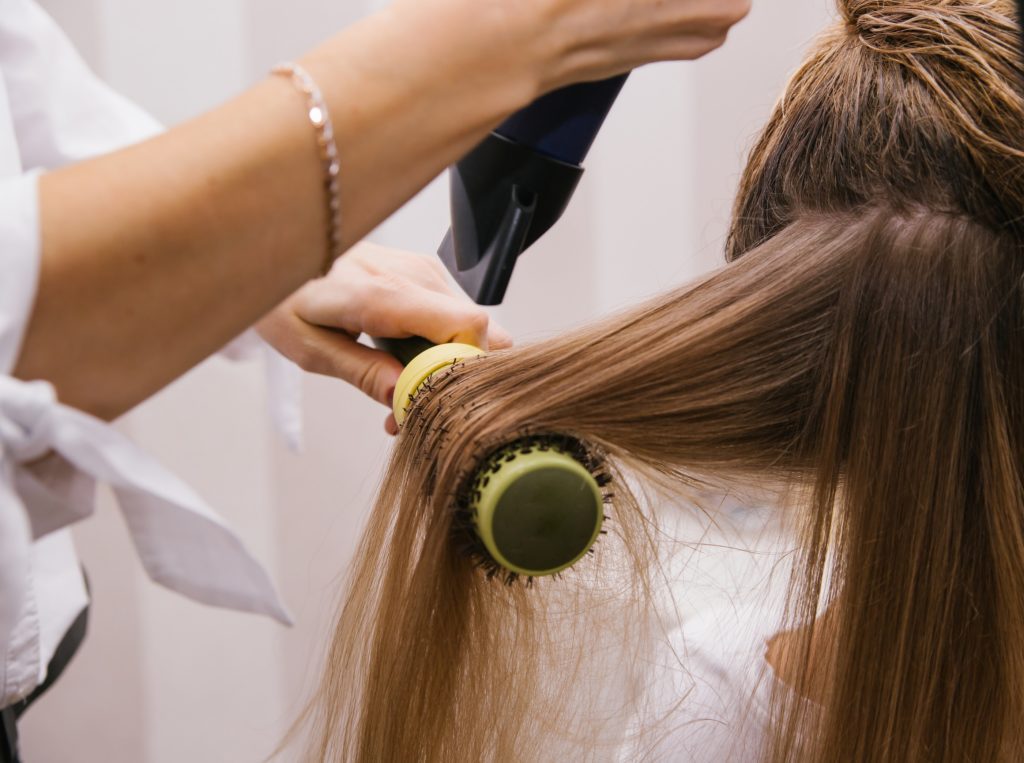
Developing a healthy hair care routine is key for keeping your hair strong. Try eliminating harsh and harmful chemical products (including shampoos, gels, sprays, etc.) to reduce damage and breakage in the hair shaft. By eliminating or reducing these detrimental habits, your hair will be more easily able to thrive and grow.
Conclusion: Hair Anatomy and Physiology
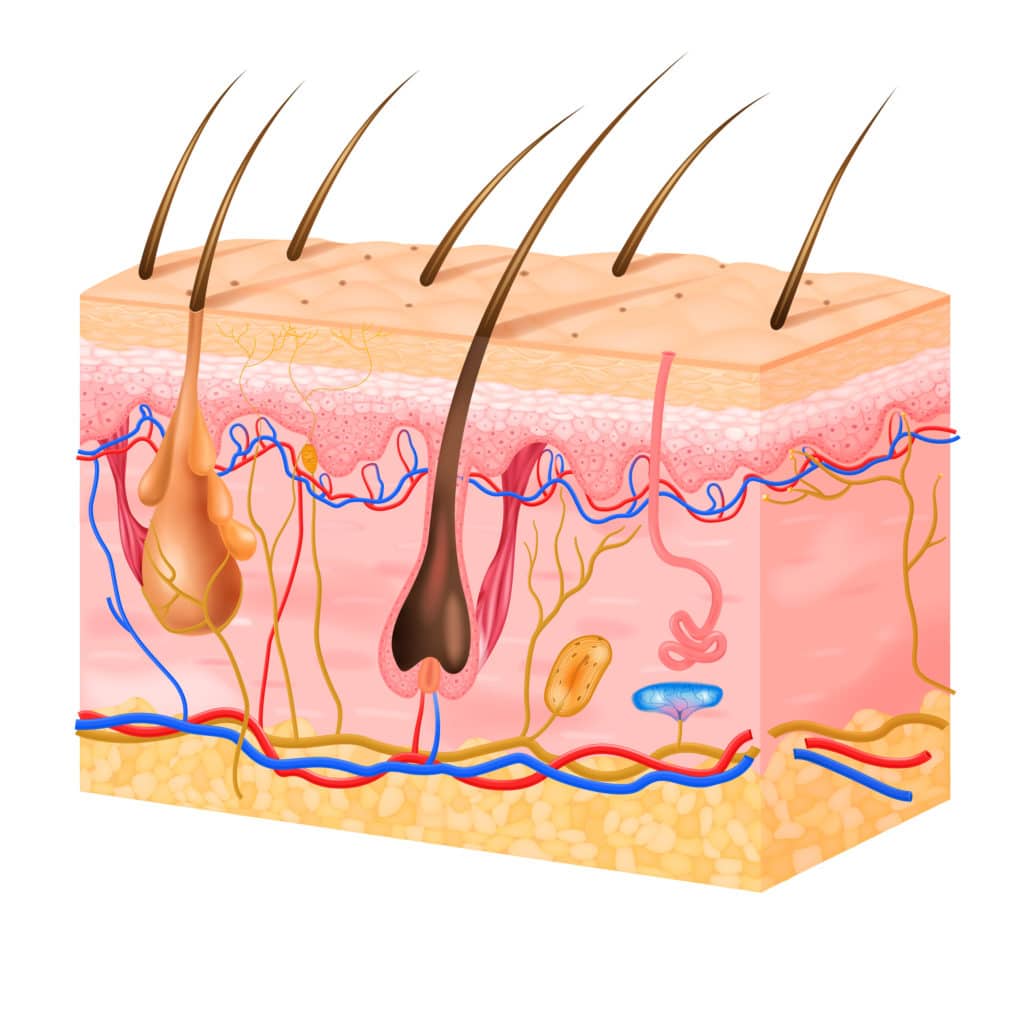
Hair anatomy is more complex than some realize. There are several components that make up those little strands of hair on your head, and each component has a different function. Also, as you have learned throughout this article, your hair anatomy needs to be healthy and functioning properly in order to have a strong and healthy head of hair.
Overall, understanding hair anatomy can help you make the right decisions for your hair. With the proper knowledge about hair anatomy and physiology, you can save your hair from the damaging effects it can endure due to poor hair care decisions.
Most importantly, you now know some great ways to help improve the health of your hair if you begin to notice damage, breakage, and/or thinning on the scalp. Implementing these techniques and tips into your daily hair care routine can help your hair remain strong and healthy.
If you are looking to learn more about the hair growth cycle and how it can affect your hair growth, read The Stages of the Hair Growth Cycle.
FAQS
What is hair follicle?
The hair follicle is also known as the root. This is made up of four different parts which are active beneath the skin's surface. It's job is to grow and produce hair.
Is hair dead skin cells?
What are hairs for?
Hairs have many different function but arguably the most important function of the hair is to conserve body heat.
What is the anatomy of hair?
The anatomy is the breakdown of hair and the functions of each part.
